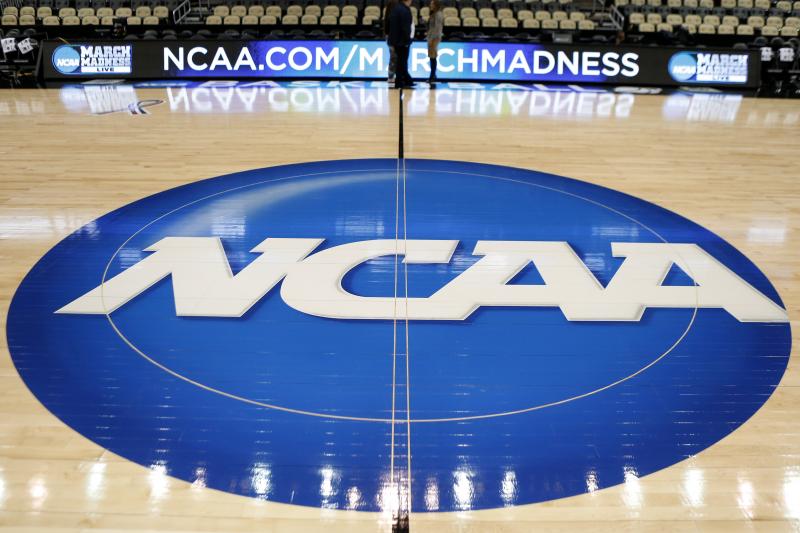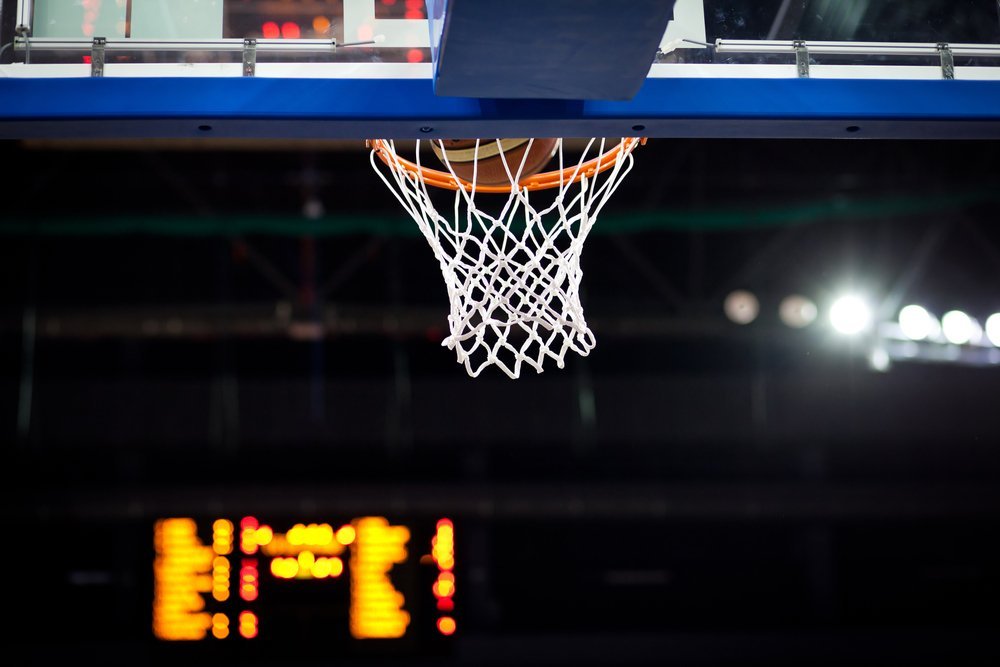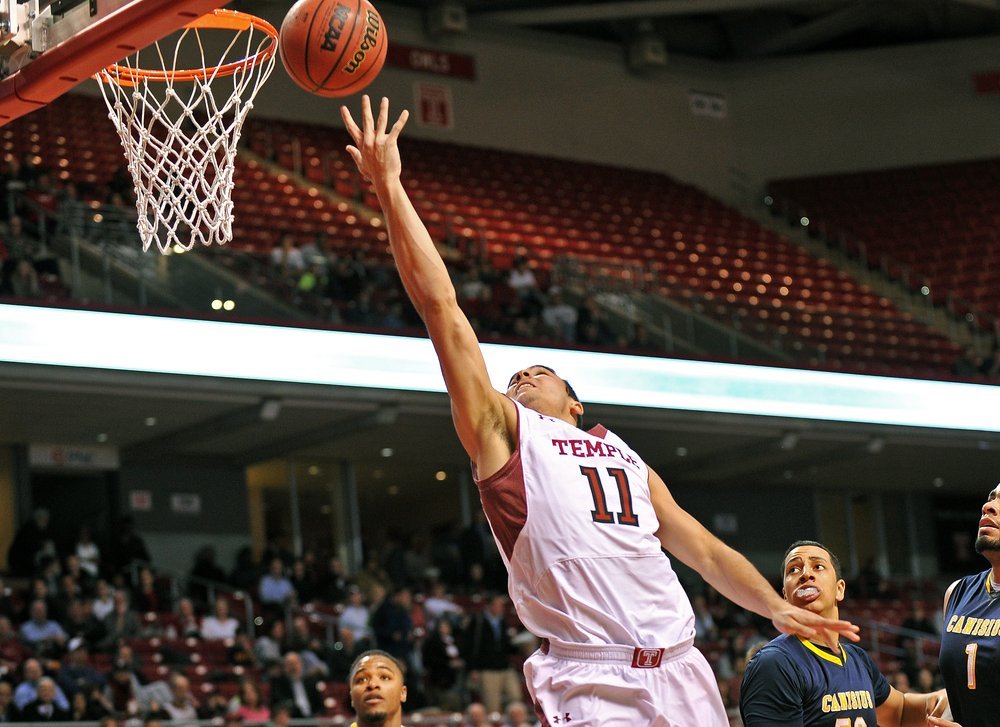Betting on NCAA College Basketball
A Brief Overview of the College Basketball Betting Landscape
Continuing our series of how-to betting articles, let’s now take a look at college basketball, one of the most popular sports in America. With NCAA regular season games in full swing, what better time is there to learn the ins and outs of college basketball betting?
Though the majority of betting action comes in the springtime when conference tourneys give way to the Big Dance, there’s still a whole season of games to choose from from November to March. Honing your betting knowledge during the regular season will no doubt give you a leg up heading into tournament time when the stakes are higher, the plot thickens, and the pot sweetens. Each year as spring approaches, fans and bettors alike find themselves consumed by the hype that is March Madness. Of all the sports events in America, none demand more energy, more analysis, and more attention than the NCAA Tournament.
From office pools to ESPN Bracketology, there is no shortage of avenues for people to get in on the action. In fact, it is estimated that advertisers spend more than $1.15 Billion each year on the near-month long event. And, according to an annual report issued by Challenger, Gray & Christmas, businesses incur an estimated loss of $1.9 Billion each year due to workers being “distracted and unproductive” during the tourney.
Then there’s the betting side of things. Easily considered one of the biggest sports betting events in the world, the NCAA Tournament offers people a plethora of opportunities to place wagers—67 games to be exact. The result? Over 70 million brackets are filled out each year—generating an average of $9 Billion in bets, with only $240 million of that going legally to Nevada sportsbooks.
That being said, let’s take a look at the different kinds of bets you can place on college basketball. As you might expect, these are the same as those you can place on NBA Games. Nonetheless, we’ll go over them and, similar to previous how-to articles, we’ll discuss some key statistics and numbers to consider when placing your bets.
Betting on the NCAA
The Spread Bet
You’re probably familiar with spread betting. It is after all the most common type of sports wager. In the simplest terms, a spread serves as an equalizer between the favorite and the underdog. To use an example from the most recent slew of NCAA games, let’s see how a spread bet is expressed in the Westgate Superbook:
| Teams | ||
| South Dakota St | +21.5 | -110 |
| Kansas | -21.5 | -110 |
The point of this is to encourage bettors to bet evenly on the favorite and the underdog. So let’s say you bet on South Dakota State to cover the spread. That means the Jackrabbits (what a name) must either lose by less than 21.5 points or win. In case you’re wondering, the .5 is to avoid the possibility of a tie (also called a push). The half point simply ensures one team will cover.
This is the type of game where taking the underdog might turn out favorably. All the Jackrabbits need to cover the spread is to keep the deficit under 21.5 points. Granted it’s at the Allen Fieldhouse so the odds are ever in KU’s favor, but a near-22 point spread is a lot of room for SD State to pull off a cover.
The moneyline indicates that if the cover the spread and you waged $110, you’ll yield a $100 profit. The moneyline is often also referred to as ‘the Juice’ or ‘vig.’ It is essentially a fee the bookmakers charge so you can actually place a bet.
Which brings us to…
The Moneyline Bet
Moneyline betting is pretty straightforward. Without a spread, it is simply a bet on who will win a given game. If you bet on a team and they win the game, you win your bet. But, favorites will typically pay out less than a winning bet on an underdog. For this reason, NCAA bettors tend to stick to spread betting, as in men’s basketball it is uncommon to see heavy favorites losing much at all. To go back to our South Dakota State-Kansas example, let’s take a look at the opening moneyline.
South Dakota State +1625
Kansas -3250
You might be thinking, these lines are ridiculous. Well that’s because bigger moneylines reflect bigger mismatches. For two teams separated by a 21.5-point spread, these lines are pretty standard. The ‘-3250’ means a bettor must wage $3250 in order to score a $100 payout—while the ‘+1625’ means a $100 bet on the Bulls—the underdog—pays out $1625.
To be clear, you are not required to bet $3250 on KU or $100 on the Bulls in order to earn a payout. You can bet any amount that suits you whether it’s $5 or $5000.
The Totals Bet
While sportsbooks tell us that most NCAA betting action comes in the form of spread bets, we know there is success to be had with totals betting. If you are not placing wagers on the “over/under” as part of your overall NCAA betting strategy, you’re ignoring a great opportunity to build your bankroll.
Also known as over/under, totals betting involves placing a wager on the total number of points scored by both teams combined in a game. The odds will be set at a number that predicts the total points scored, often hovering somewhere between 130 and, on a good day, 170. Whereas NBA totals land between 200 and 250, NCAA teams rarely score more than 90 points in a game. In 2016, UCLA was the highest scoring team in the NCAA, with an average 90.6 per game. Outside of the Top 25, no team averaged more than 80 a game.
Let’s return to our SD State/Kansas matchup. Here are the opening totals odds for that game:
SD State 151u -105
Kansas 151o -105
In this case, bookmakers have the score falling at 151 with the juice set at -105 for both teams. As a bettor, you would then predict whether the final point total will fall over or under 151 and make your bet from there.
For totals betting, the juice plays out a bit differently than spread betting. That is, if you bet the over and win, a bet of $105 pays out $100—whereas if you bet the under, a bet of $100 pays out $105.
Remember: you’re not betting on a team with totals betting—you’re betting on the total score of the game. In the case of SD State and Kansas, the over won out with a +11 margin. Totals lines are subject to change as games get closer and closer to tip off, so you’ll want to keep a keen eye on the over/unders as game time approaches.
Halftime Lines
Sometimes when handicapping a specific game, the line just isn’t strong enough to make a bet on a particular side or total. Enter halftime betting. Since the NCAA divides games into two twenty-minute halves, there is no option for first quarter or first half betting as there is for the NBA.
Instead, sports books will offer lines that pertain only to the second half. That means being vigilant and timely in placing bets at this juncture of a game. Halftime lines will reflect the first half action, taking into account each team’s performance to create a whole new spread for the rest of the game. The new spread essentially resets the game score to 0-0. While this type of bet is less popular than regular spread betting or moneylines, it’s simply another chance to turn a profit—especially since the payout stays the same.
For first time halftime bettors, it is best to keep your wager size to a minimum as there is a steep learning curve and not much time to make necessary adjustments. Once you’ve had some success in this arena, you can begin to increase the size of your wagers.
The Parlay/Teaser Bet
With a parlay bet, you can rubberband your bets together to increase your potential payout. In order to win, each bet has to cover. Spread bets, totals, and moneylines can all be combined. Some sportsbooks offer you the opportunity to include halftime bets. Furthermore, parlays are not limited to individual sports. For example, October’s a particularly ripe time for some exciting parlays with the MLB playoffs in full swing, the NFL season nearly halfway complete, and the NBA and NCAA seasons kicking off.
In case one of your bets pushes (ties), the bet will essentially disappear from the parlay. So a parlay of five bets in which one pushes will yield a four-bet payout. Don’t forget to check with each sportsbook’s respective rules regarding parlays as they tend to vary.
A teaser bet is the same as a parlay, except the bookmakers give you points to increase your chances of winning. The downside is a reduced payout. So, let’s say a sportsbooks gives you four points to tease the betting lines. The teaser, listed as -4, would apply to each bet within the parlay. So if one of your bets is a spread bet on the Jayhawks, and the Jayhawks started with a spread of -10, the teaser would reduce the spread to -6.
The Futures Bet
A futures bet is, as you might guess, a prop bet placed on future outcomes. Who will cut down the nets at the end of March Madness and win the next college basketball national championship? Oddsmakers offer future lines on almost every team during the season. A Top-5 ranked team may be 7/1 odds while a cellar dweller team may be 500/1. These outcomes can range from who will win the NCAA championship to who will win specific conferences, to which player will take home the tournament MVP trophy. Futures are not limited to teams, but can be applied to players, point totals, win totals, and more. As the season goes on, future odds change depending on the team. By the end of March, it’s not uncommon to see bookmakers drop more than a few teams from the odds list altogether.
That about summarizes the different bets you can make for NBA betting. Now let’s look at some different stats to consider when placing these bets.
NCAA Betting Stats
College basketball, aside from the differential in totals margins, hinges on a lot of the same statistics as NBA ball. And as with the NBA, sharps tend to ignore those stats that to the square or layperson would seem especially significant, like points per game. Handicappers tend to focus their attention on situational circumstances. When they do look at stats, it’s usually the more obscure, but nonetheless significant, ones they’re looking at. Here are a just a few of those stats you’ll want to consider when capping games for yourself.
Effective field goal percentage
Effective Field Goal Percentage, or eFG%, is calculated the following way: (2pt FGM + 1.5*3pt FGM) / FGA. This means a made three-pointer is worth one and a half times as much as a made two-pointer. A player who shoots 4 for 10 on all two-point baskets has a standard FG% of 40% and an eFG% of 40%.
In a real game of basketball, what matters is points scored per possession. A player whose eFG% is 60% is scoring at a rate equal to shooting 60% on two-point field goal attempts, a very respectable number.
It should come as no surprise that the league’s top teams regularly rank among the highest in eFG%. In 2016, UCLA and Gonzaga led the NCAA in eFG%–they finished third and forth, respectively, in the AP coaches poll.
The point of this statistic is to give you an idea of each team’s overall success from the field. If a team has a high eFG% while holding their opponents to a low eFG, they’re likely to win the majority of their games. Likewise, you’re likely to win a majority of your bets if you pay attention to this important stat.
Free throw rate/Free throw percentage
Free throws can easily be the difference between a covered spread and a lost bet. How many games, how many bets, have been decided by a single point? More than we can count (at least without concerted research). The point is, free throws matter.
Free throw rate (calculated as free throws attempted divided by field goals attempted) indicates which teams are better at getting to the stripe. The stat shows which teams are the best at drawing fouls, but without a success percentage doesn’t mean very much. For example, a team might get to the line a lot during a game, but if they’re missing the majority of their attempts it’s not necessarily an indicator of success.
Hence why it’s important to factor in free throw percentage as well. Taking into account the various free throw-related statistics will give you an edge in figuring out which teams create and capitalize on attempts at the stripe.
Some other stats to consider are assist-to-turnover ratio, and opponent field goal percentage. These two stats are strong indicators of a team’s pace factor—that is, how well they can control the pace of the game, how many possessions they create, how many opposing possessions they limit and disrupt. The more adept a team is at limiting their opponent’s effective field goal percentage, the more likely they are to cover spreads and win bets.
Remember though, when using these stats, be sure to check each team’s strength of schedule. Often times they’ll play exceedingly well against weaker teams so statistics can be inflated. For smaller conference teams, pay special attention to their performance against bigger conference teams. Such games will be more accurate reflections of their strength on court.
Lastly, keep in mind that NCAA teams, especially bigger conference teams, play softer schedules at the start of the year with more competitive matchups coming later in the season. For this reason, stats from later in the year will be better sources of information for late season handicapping.
Well, that concludes our guide on betting on the NCAA. Be sure to check out the blog to find more specific articles on the ins and outs of college basketball betting. There’ll be a lot to go over as we inch our way toward March Madness. For now, use this information wisely and may the force be with you.






